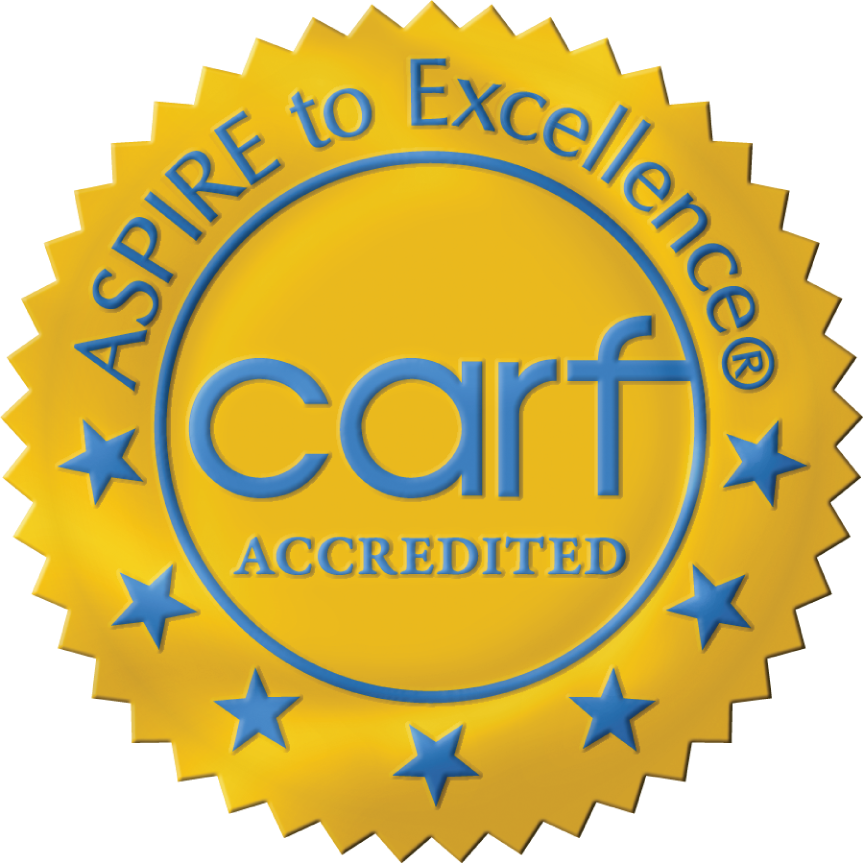Holistic approaches to alleviating pain consider the whole person—body, mind and spirit—rather than focusing solely on the physical aspect of pain. By combining conventional medical treatments with alternative therapies, this approach aims to address the underlying causes of pain and promote overall well-being. Holistic pain management often includes lifestyle changes, natural remedies and mind-body practices designed to enhance the body’s natural healing processes.
Alternative Pain Management Techniques
Alternative pain management techniques encompass a wide range of practices that can be used either alone or in conjunction with traditional medical treatments. These techniques aim to reduce pain and improve quality of life without relying heavily on pharmaceutical interventions. Here are some popular alternative pain management techniques:
- Acupuncture: This ancient Chinese practice involves inserting thin needles into specific points on the body to balance the flow of energy (known as Qi). Studies have shown that acupuncture can be effective in reducing chronic pain, such as back pain, osteoarthritis and migraines.
- Chiropractic Care: Chiropractors use manual adjustments and manipulations of the spine to relieve pain and improve function. This technique is particularly effective for musculoskeletal pain, including lower back pain, neck pain and headaches.
- Massage Therapy: Therapeutic massage can help relieve muscle tension, reduce stress and alleviate pain. Different types of massage, such as deep tissue, Swedish and trigger point therapy, can be tailored to address specific pain conditions.
- Herbal Remedies: Various herbs and natural supplements have anti-inflammatory and analgesic properties. Common examples include turmeric, ginger and omega-3 fatty acids. These remedies can be effective for managing conditions like arthritis and muscle pain.
- Mindfulness and Meditation: Mind-body practices such as mindfulness meditation, yoga and tai chi help reduce stress and promote relaxation, which can alleviate pain. These techniques focus on calming the mind and improving mental resilience against pain.
- Physical Therapy: Customized exercise programs designed by physical therapists can help strengthen muscles, improve mobility and reduce pain. Physical therapy is often recommended for chronic pain conditions and post-surgery recovery.
Pain Management Alternatives: Integrative Approaches
Integrative pain management combines conventional medical treatments with alternative therapies to create a personalized pain management plan. This approach recognizes that different types of pain may require different strategies and that combining multiple modalities can enhance overall effectiveness.
- Nutritional Therapy: A balanced diet rich in anti-inflammatory foods can help manage pain. Nutritional therapy focuses on reducing inflammation through diet, which can help alleviate conditions like arthritis and fibromyalgia.
- Cognitive Behavioral Therapy (CBT): CBT is a psychological approach that helps patients change negative thought patterns and behaviors related to pain. It has been shown to be effective in managing chronic pain and improving patients’ quality of life.
- Biofeedback: This technique involves using electronic monitoring devices to teach patients how to control physiological functions such as heart rate and muscle tension. Biofeedback can help reduce pain by promoting relaxation and reducing stress.
- Aromatherapy: The use of essential oils for pain relief and relaxation has gained popularity. Oils such as lavender, eucalyptus and peppermint can be used in diffusers, massages or baths to help manage pain naturally.
What Pain Management Medications Do Doctors Prescribe?
Conventional medications prescribed by doctors are often necessary for managing severe or acute pain and can be used alongside holistic methods. Common pain management medications include:
- Nonsteroidal Anti-Inflammatory Drugs (NSAIDs): Medications such as ibuprofen and naproxen are commonly prescribed for pain relief and inflammation reduction.
- Opioids: Strong pain relievers like oxycodone, hydrocodone and morphine are used for severe pain management but come with a high risk of addiction and side effects.
- Antidepressants: Certain antidepressants, such as amitriptyline and duloxetine, are used to manage chronic pain conditions, including neuropathic pain and fibromyalgia.
- Anticonvulsants: Medications like gabapentin and pregabalin are often prescribed for nerve pain and conditions such as epilepsy and neuropathy.
- Topical Analgesics: Creams, gels and patches containing pain-relieving substances like lidocaine and capsaicin can be applied directly to the skin to reduce localized pain.
Finding the Right Balance
Holistic pain management offers a multifaceted approach to pain relief that can enhance the effectiveness of conventional treatments and improve overall well-being. By integrating alternative pain management techniques with prescribed medications, patients can find a balanced and personalized approach to managing their pain. It’s essential to consult with healthcare providers to develop a comprehensive pain management plan that addresses individual needs and promotes long-term health.

